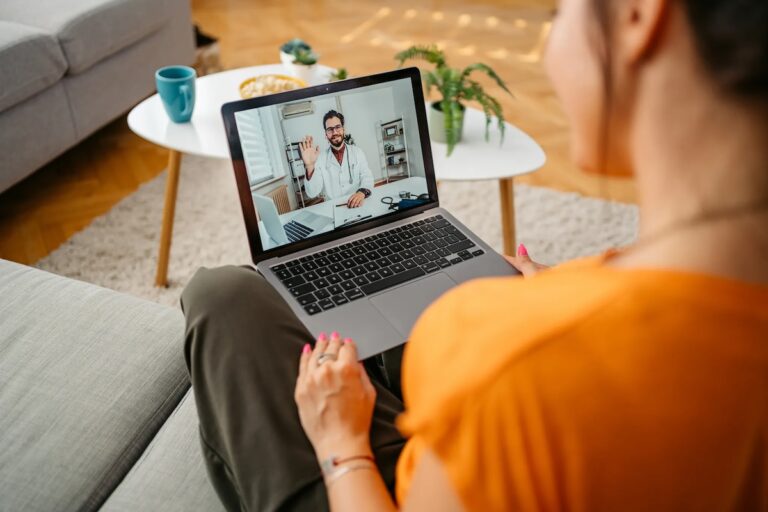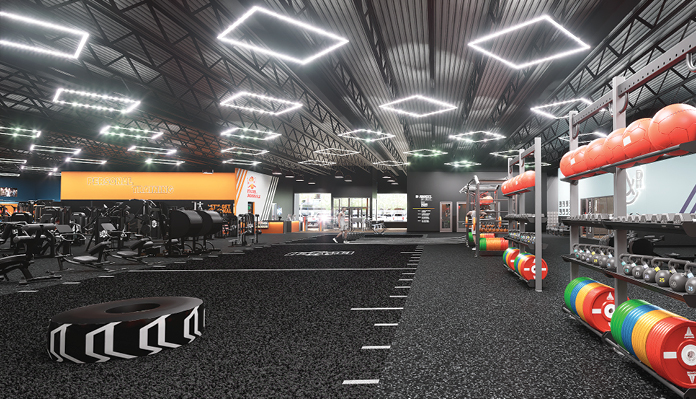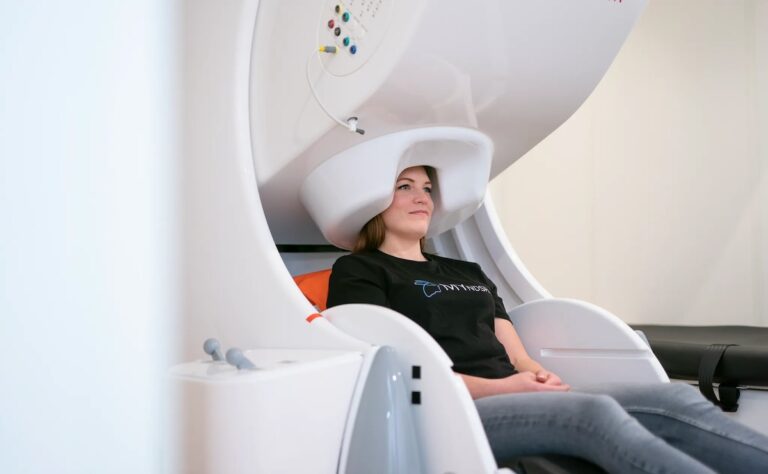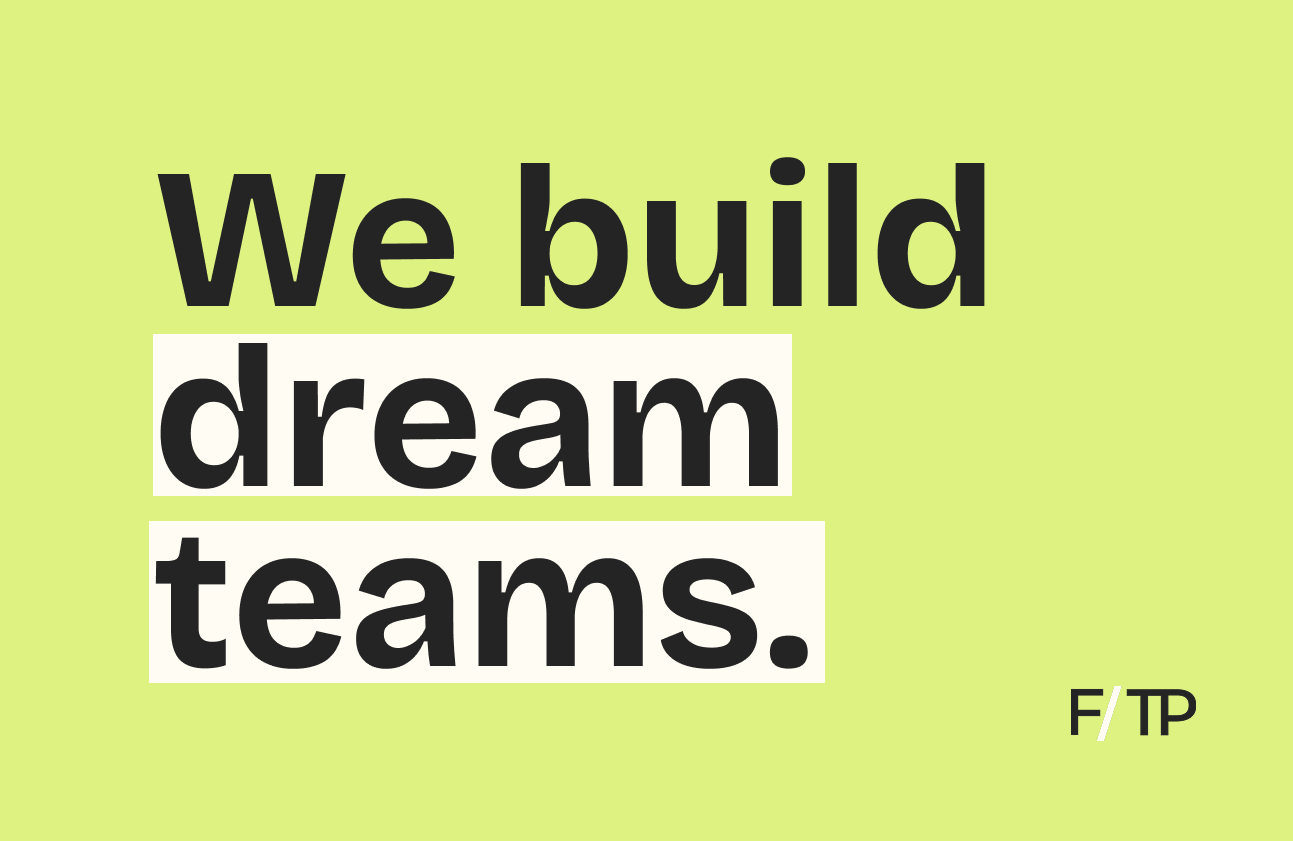Startup Q&A is an interview series showcasing health, fitness, and wellness companies.
In this Q&A, you’ll hear from Laila Zemrani, co-founder and CEO of Fitnescity, a platform that gives consumers easy access to health and wellness tests, along with personal analytics. Laila discusses the company’s approach to building a network of trusted partners and health systems. Plus, she explains how delivering visual data analytics demystifies results and encourages action.
Can you tell us about what you’re working on at Fitnescity?
Laila Zemrani: We believe health and wellness testing should be easy to navigate. We’re building the world’s largest platform of in-person wellness tests, allowing consumers to easily find a test and then explore their results through visual data analytics.
By partnering with local clinics, imaging centers, labs, and health systems, we serve as a marketplace for the most in-demand tests. We then provide consumers with a personal analytics platform where they can easily navigate their results and monitor progress as they test over time.
Health and wellness testing is a $250B industry. Within this market, consumer-initiated tests account for more than $40B, or tens of millions of tests each year.
As a consumer, if you’re in the market for any of these tests, you could be searching for hours online or making several phone calls before you begin to understand your options. Once you complete a test, you typically walk out with paper results. Assuming that you fully understand all your data, you would then have to physically store the results so that you could track your health over time.
It is an outdated experience with many drop-off points. To answer the existing demand and solve the poor customer experience, Fitnescity brings a massive and fragmented market onto a single platform.
In doing so, our partner network can reach its local consumers, and consumers can equip themselves with the tools to track their wellness. It’s a win-win.
How did you come up with the idea? What key insight led you to pursue this opportunity?
LZ: I was frustrated by the difficulty of finding the tests I wanted personally. On top of that, as an early adopter of personal health tracking, I found that even after completing the tests, more research was required to comprehend the data and use it to its full potential.
Given how aggregators like Amazon and Airbnb have transformed their industries, it was obvious that the health and wellness industry was years behind, but I knew it was only a matter of time.
I imagined the possibility of a user-friendly platform that could not only tell you clearly what your numbers meant but also, in the long term, develop predictive models to inform wellness decisions.
For instance, the DEXA scan for body composition—one of our most popular tests—is often used to help consumers with weight management, allowing them to track lean mass, bone mass, and fat mass.
The test can also give consumers a reading for visceral fat, which is the dangerous fat that can collect between our organs. High visceral fat increases the risks for several life-threatening conditions such as heart disease and several cancers.
DEXA scan results are not only helping customers better understand their body’s current makeup but also can alert them of potential issues if they don’t make changes.
My experience with the health and wellness industry as a consumer, combined with observations about how other industries have been transformed, have led my co-founder, Çağatay Demiralp, and I to create a better alternative.
How did you turn your idea into a company?
LZ: We started very organically, building a simple interface where our customers could purchase tests from our first partner location, a clinic within the Mount Sinai Health System in NYC.
I myself had been testing at this location for a while, and fortunately, they understood my vision and the potential behind the platform we wanted to build. Hundreds of customers later, we decided to open the platform to other providers to build our partner network and serve our national waitlist of customers.
We have since onboarded hundreds of local clinics, universities, imaging centers, and labs onto our platform, along with tens of large healthcare partners, such as Michigan Medicine, Keck Medicine at USC, Franciscan Health, Yale University, and SimonMed. We have also signed thousands of locations where a more complex integration is underway.
How big can this get? What’s the addressable market and how do you go about capturing it?
LZ: The market for consumer-initiated health and wellness testing is not only massive; it’s largely untouched.
To fully serve consumers, we need a minimum of 15,000 test locations — and that’s just domestically. As we achieve coverage of our core tests nationwide, we can broaden our product offering to include tests that many of our partners are ready to offer.
In the process, we see a data-rich, vertically integrated health and wellness service develop. You start by getting a test and the analytics attached to it and, in the long term, have access to a variety of post-test products, from nutrition coaching to supplements and full telehealth offerings.
Who is the core customer? How are you acquiring customers? And how will you grow the customer base?
LZ: Our core customer is driven to better understand his/her health and wellness — preferably without having to deal with the inefficiencies of traditional healthcare. And that is when they find Fitnescity.
As an aggregator, we offer a better experience at about the same price. We streamline the process of finding tests and understanding results, allowing these consumers to put more valuable data in their wellness wallets. Notably, we have recently reached an all-time high of 1.7 tests per customer.
We’ve been able to grow organically, too. While our volume has grown 3x from last year, our customer acquisition cost has remained unchanged: $0. We plan to continue growing our customer base by covering more geographies and adding test partners to our platform.
Looking at your road map, what are some of the milestones you’re targeting over the next 3-6 months?
LZ: We’re heavily focused on building the supply side of our platform, as we still have a lot of unmet demand and a long waitlist of customers. Given the repeatable nature of our model—which consists of adding new test locations—we expect to continue on the same growth path as we increase the size of our partner network.
We have some major partners where sophisticated integration is underway. Once the integration is complete, we’ll have thousands of new test locations.
If you’re interested in having your company featured in our Startup Q&A series, send an email to team@fitt.co.






